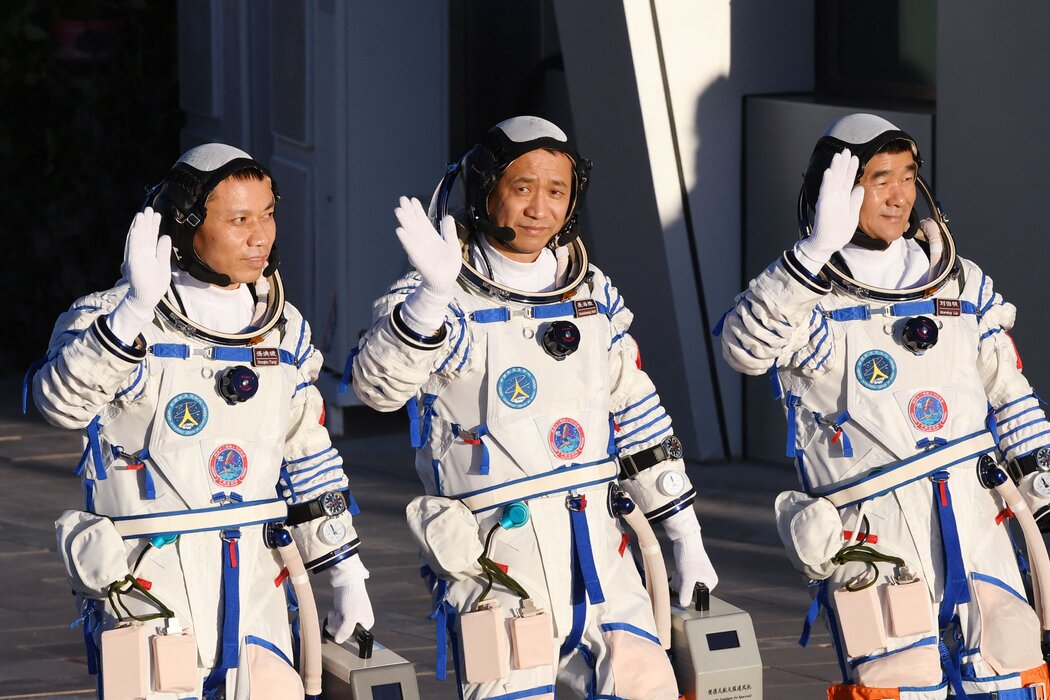
Shenzhou 12 Return Capsule Lands Safely with Astronauts in Good Condition
Want to read in a language you're more familiar with?
The return capsule of the country's Shenzhou 12 manned spacecraft had landed smoothly at the Dongfeng Landing Site, Inner Mongolia Autonomous Region.
The China Manned Space Engineering Office announced on September 17 Beijing time that the return capsule of the country's Shenzhou 12 manned spacecraft had landed smoothly at the Dongfeng Landing Site, Inner Mongolia Autonomous Region.
The three Chinese astronauts, or "taikonauts" - Nie Haisheng, Liu Boming and Tang Hongbo - were all in good condition after landing. Chinese authorities say the Shenzhou 12 manned mission was a complete success.

The Shenzhou 12 manned mission is seventh crewed mission to space implemented by China, and is also the first manned space flight in the key technology verification and construction stage of China's Tiangong Space Station.
On June 17, the Shenzhou 12 spacecraft was launched by a Long March-2F carrier rocket. The astronauts entered the space station and core module that night, and began their temporary space life.
During the in-orbit operation, the astronauts completed long-term residence tests in the space station assembly, which measured the ability of the space station assembly to support astronauts' life, work and health, related technologies and astronauts' abilities in flight missions. At the same time, the crew carried out two extravehicular activities. With the support of mechanical arms, they carried out operations such as assembling equipment outside the space station.
The crew has worked and lived in the space station for 90 days, setting a new record for Chinese astronauts' in-orbit stay for a single mission.
SEE ALSO: China Launches Shenzhou-12 Spacecraft Carrying Three Astronauts to Space Station
Before returning to Earth, the Shenzhou 12 manned spacecraft completed the flight around and radial rendezvous test with the space station, which successfully verified the radial rendezvous technology and laid an important technical foundation for subsequent manned missions.
All sections of the space station, manned spacecraft, cargo spacecraft, relay satellites and Long March carrier rockets used in the China Space Station project were developed by the China Aerospace Science and Technology Corporation, while other subsystems of the project also involved relevant departments affiliated to the corporation.





